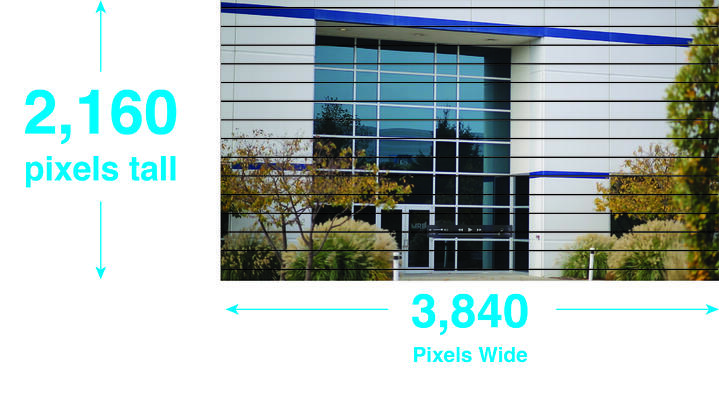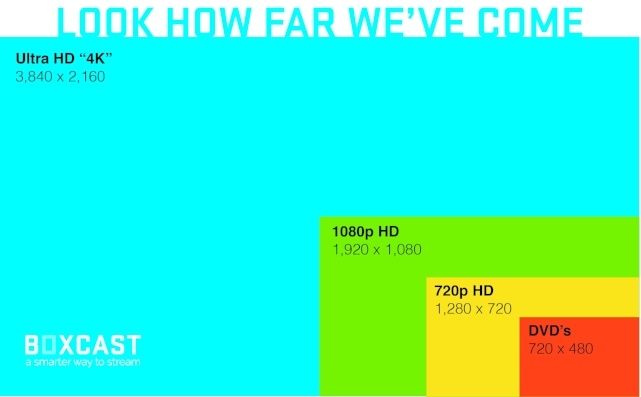VIDEO
Products
Streaming
Deliver flawless live video to any audience, anywhere
OTT Apps
Launch and monetize your own branded TV & mobile apps
Spark Encoder
Tap into hardware encoding that's compact and powerful
Broadcaster App
Go live straight from your phone or tablet with studio-quality control
Features
BoxCast Flow
Ensures smooth playback even on shaky networks
Sharing
Instantly clip, share, and amplify your broadcasts
Producer
Create professional streams right from your browser
Third-Party Encoders
Use the gear you love with our support of RTMP and SRT
AUDIO
RemoteMix
Mix live audio remotely from anywhere in the world
Compatible Mixers
Connect your favorite digital mixer to RemoteMix
INDUSTRIES
House of Worship
Reach and engage your congregation wherever they worship
Sports
Stream games with professional quality for fans everywhere
Local Government
Bring transparency and connection to your community broadcasts
Business
Power your corporate events, webinars, and live streams
LEARN
Blog
Insights, trends, and tips for the audio/video community
Tech Tips
Quick how-tos and deep dives on the latest streaming technology
Guides
Essential tips and expert strategies to expand your reach
Newsletter
Stay up to date with product news, best practices, and more
Podcast
Hear stories and strategies from our customers and experts
DISCOVER
Customer Stories
Explore real-world success stories to inspire your organization
Events
Join us at an upcoming conference and meet with our team
Webinars
Get all the details and register for our next live webinar
About Us
Discover our company's mission, values, and team story

BoxCast Team • April 9, 2019
Whether you work in the world of video production or are merely a purchaser of electronics, you’ve likely heard about 4K video. 4K isn’t just a buzzword; it’s an incredible, new quality of video that’s soon to be the standard quality for any TV, computer screen, or camera.
Understanding what 4K technology actually means will help you make educated purchasing decisions on 4K labeled products, regardless of whether they’re at the consumer, prosumer, or professional level.
For a more detailed introduction to 4K live streaming, check out this post:
4K refers to a video resolution of 3,840 x 2,160 pixels. That's four times the detail of modern HD televisions, which are made up of 1,920 x 1,080 pixels.

While 4K is the more common term, some brands prefer to call it Ultra HD, or UHD for short, because the term 4K was originally used to describe a resolution that’s used in digital cinemas of 4,096 x 2,160. Whereas most of your TV’s and prosumer/consumer cameras that are described as 4K, will actually be 3,840 x 2,160.
The graphic below shows how 4K provides far greater image detail than any other resolution. As you can see, when you shoot video in 4K, you can zoom into an image 4 times, and still see a quality 1080p HD image.

To hear me talk about 4K in more detail, check out the video below:
Final Thoughts + Further Reading
The presence of 4K will continue to grow throughout the next few years. With more and more devices and services becoming compatible, it will soon be the new standard for high quality video.
Here's some further reading you might find interesting:
© 2025 BoxCast. All Rights Reserved. | +1-888-392-2278